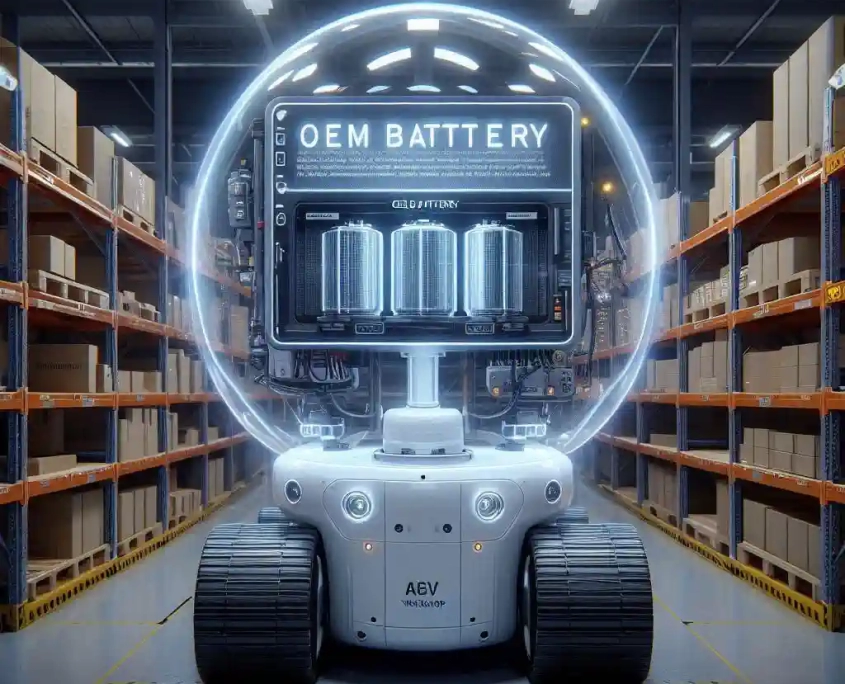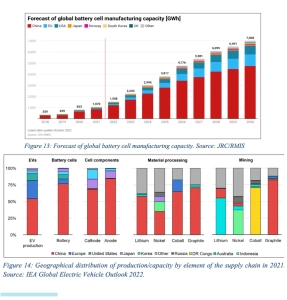OEM vs ODM vs OBM: Battery Industry Insights
Table of Contents
What is OEM in the Battery Industry?
Definition of Original Equipment Manufacturer (OEM)An Original Equipment Manufacturer (OEM) is a company that produces parts and products that are then marketed and sold by another company. In the battery industry, an OEM manufactures batteries or battery components based on the design and specifications provided by another company. This process allows companies to offer high-quality products without needing to invest in their own manufacturing facilities.How OEM Works in the Battery IndustryThe battery industry relies heavily on OEM for various types of batteries, including lead-acid, lithium, and lithium iron phosphate batteries. Here’s how the OEM process works in this industry:- Design and Specification: The process begins when a company needing batteries provides detailed specifications and design requirements to the OEM. This includes the type of battery (e.g., lead-acid, lithium, or lithium iron phosphate), capacity, dimensions, and performance characteristics. For example, a company might specify that they need a lithium battery with a particular energy density and cycle life.
- Manufacturing: The OEM uses its manufacturing facilities to produce the batteries according to the provided specifications. This involves sourcing raw materials, assembling battery cells, and ensuring the final product meets quality standards. The manufacturing process must adhere to strict safety protocols, especially for high-energy batteries like lithium iron phosphate batteries.
- Quality Control: Since the branded company will be selling these batteries under its name, rigorous quality control processes are essential. The OEM conducts various tests to ensure the batteries meet safety and performance standards. For instance, the lithium battery fire temperature must be carefully regulated to prevent hazards.
- Branding and Packaging: Once the batteries are manufactured and pass quality checks, they are branded with the company's logo and packaged according to their guidelines. This step is critical for maintaining brand consistency and customer trust. Companies rely on the OEM to deliver products that reflect their brand's quality and reliability.
- Distribution: The branded batteries are then distributed through the company's sales channels, whether that’s direct to consumers, through retailers, or via B2B sales. By using an OEM, companies can bring products to market more quickly and efficiently.
What is ODM in the Battery Industry?
Definition of Original Design Manufacturer (ODM)An Original Design Manufacturer (ODM) is a company that designs and manufactures a product based on another company's specifications. In the battery industry, an ODM creates battery designs and produces them for other companies to brand and sell. This allows companies to bring innovative products to market without investing in the design and manufacturing processes themselves.The Role of ODM in the Battery IndustryIn the battery industry, ODM plays a crucial role in developing and producing advanced batteries such as lead-acid, lithium, and lithium iron phosphate batteries. Here's how ODM works:- Design and Development: The process begins with the ODM creating a design based on the functional requirements provided by the client company. This could include specifications like capacity, size, and energy density. For example, a company might need a new type of lithium battery with specific performance characteristics.
- Prototyping and Testing: The ODM develops prototypes and conducts thorough testing to ensure the batteries meet the required standards. This step includes safety tests, such as ensuring the lithium battery fire temperature is within safe limits.
- Manufacturing: After successful testing, the ODM manufactures the batteries at scale. They handle the entire production process, from sourcing materials to assembling the final product. This allows companies to offer high-quality batteries without managing the complexities of manufacturing.
- Branding and Distribution: The client company brands the batteries with their logo and distributes them through their sales channels. This collaboration allows the client to focus on marketing and sales while relying on the ODM for product innovation and manufacturing efficiency.
OEM vs. ODM: Key Differences in the Battery Industry
Comparison Between OEM and ODM in the Battery IndustryIn the battery industry, both OEM and ODM play important roles, but they serve different purposes. An Original Equipment Manufacturer (OEM) produces batteries based on the design and specifications provided by another company. The OEM focuses on manufacturing and ensures that the product meets the required standards. The branding and marketing are handled by the company that orders the batteries.On the other hand, an Original Design Manufacturer (ODM) not only manufactures but also designs the batteries. The ODM develops the product from the ground up, based on the functional requirements given by the client. This means the ODM is responsible for both the innovation and production of the battery.For example, if a company needs a specific type of lithium battery, an OEM would manufacture it according to the provided design, while an ODM would create the design and then produce the battery. The choice between OEM and ODM depends on the company’s needs and capabilities.When to Choose OEM vs. ODMChoosing between OEM and ODM depends on several factors:- Design Capability: If a company has a strong design team and knows exactly what type of battery they need, working with an OEM can be beneficial. The company can focus on innovation while the OEM handles manufacturing. This approach is cost-effective and allows for quicker production times.
- Innovation Needs: Companies that lack in-house design capabilities but want to bring innovative products to market might prefer an ODM. The ODM will take care of both the design and manufacturing processes. This is ideal for companies looking to introduce new battery technologies without investing in a design team.
- Speed to Market: OEMs can usually produce batteries faster since they only focus on manufacturing. This is beneficial for companies that need to meet tight deadlines. ODMs, while taking longer due to the design phase, can offer more customized solutions.
- Cost Considerations: Working with an OEM might be less expensive since the company only pays for manufacturing. However, an ODM can be a more comprehensive solution, potentially saving costs in the long run by handling both design and production.




















